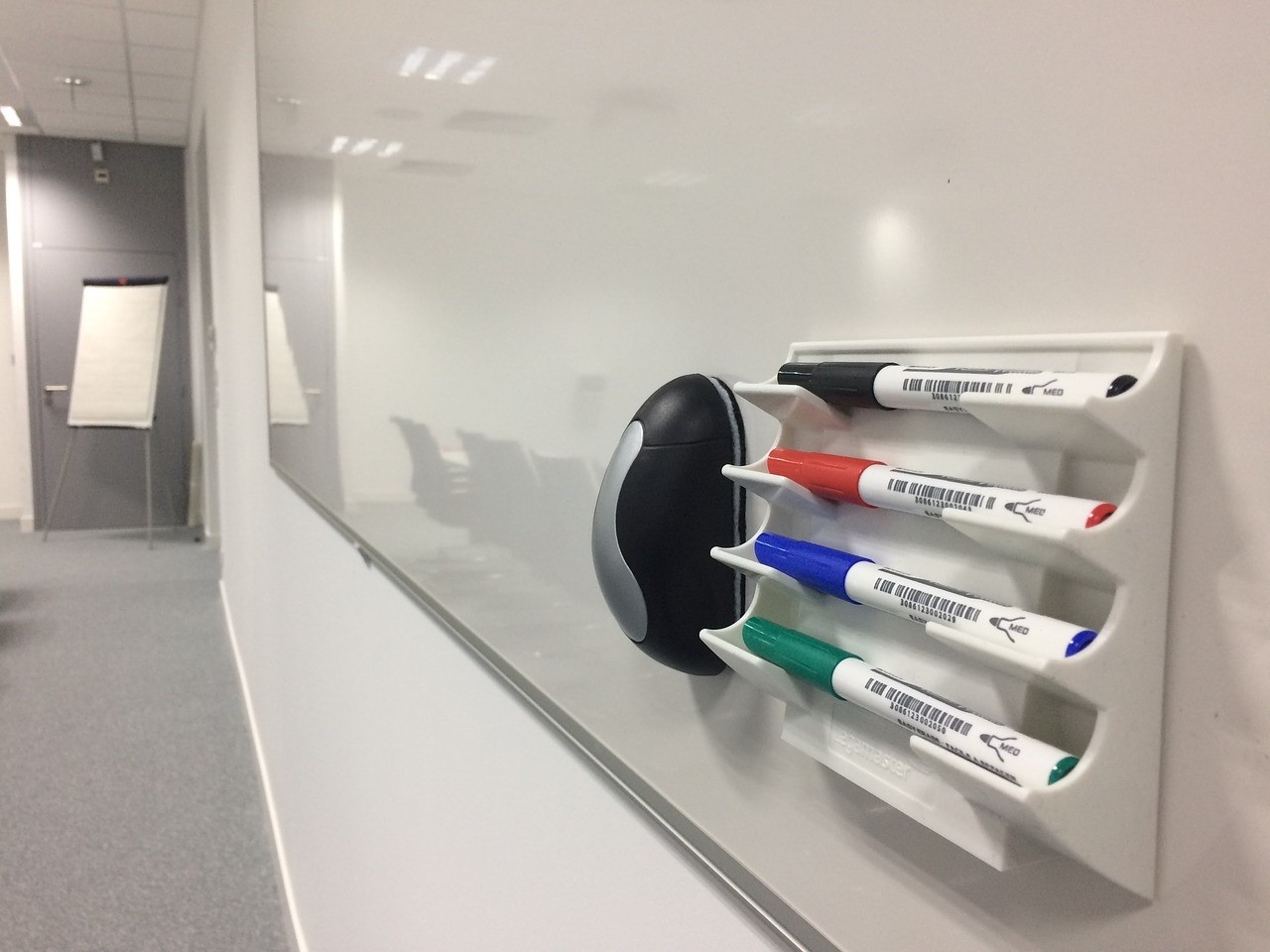Why forecasting is crucial and what we can do to improve
For several decades’ companies have attempted to optimize procurement, manufacturing, inventory and distribution decisions using forecasts. Despite significant investments in the development of people and technology capability, results have been disappointing. In one of the few longitudinal studies of forecast error, the annual Grocery Manufacturers Association (GMA) logistics survey has reported broadly unchanged performance of participating companies between 1996 and 2017.
Why is forecasting so difficult and why have results not improved more? To answer that question, you must first understand how most forecasts are created.
Typically, events in the past are captured and recorded in a historical time-series. This might be an item’s sale or perhaps a financial metric, like revenue or profit. These data points might be influenced by other factors, such as weather, a promotion or marketing campaign. In the case of financial metrics, not only might the number of units sold affect the data series, but additionally these could be affected by discounts made to customers or fluctuations in commodity prices. Indeed, while some of these drivers might be transparent and easy to identify and record, many may not. This can often be because they are hidden from sight, they are too numerous to record or the result of randomness or noise.
Assume for one moment a forecaster has perfect visibility to all past drivers and has a comprehensive historical time-series, shouldn’t that be enough to guarantee a great forecast? It certainly would be a great help, but it doesn’t guarantee anything. Remember the adage, “the only thing that never changes is that everything changes”? The relationships between variables are almost never stationary, plus new variables may emerge that didn’t exist before. This is especially true in the last decade where the pace of change has accelerated, and the business environment has become increasingly complex and disrupted by new services and routes-to-market. It’s volatility and complexity that ultimately makes forecasting hard. So, while investments in technology and people capability has helped improve the baseline competency, it has been against the backdrop of greater challenges, hence the status-quo.
If forecasting is so hard, why should we bother? Should we abandon forecasting and “push-driven” methodologies in favor of “demand-driven” methodologies, leveraging demand signals that represent real-time conditions? Intuitively this makes perfect sense, why use a prediction when you could use current, real-time data?
The crux of the problem with purely demand-driven approaches is that often the demand signals do not provide enough lead-time for an organization to respond cost-effectively. If a company has the reactive capacity to respond and has the margin to absorb, then it’s a possibility. The reality, however, is that very few organizations have this flexibility. Even those that do, they still have to contend with the reality that procurement, sales, finance etc. need a forecast for the effective planning of related activities. The practical answer therefore is to continue to seek ways to improve forecasting and, where appropriate, supplement it with demand-sensing data.
So, if forecasting remains important but hard, what can be done to improve results? Firstly, there is often a problem with the design of the data structures used to forecast. Sometimes these have been implemented with incomplete consideration of the drivers of business volatility. It means that it becomes extremely difficult to isolate those items that require additional attention, instead they get bundled with less critical items and obscured from focus. Additionally, it is very common that there is little thought given to what demand to forecast. In a multi-tier supply chain, should the forecast represent the demand of the end consumer (consumption demand) or should it represent the demand of the distributor or retailer (shipment demand)? There is then the dilemma of whether to forecast based on the invoice date or the shipment date, an important consideration where there is latency between when the goods ship and invoice processing. This decision is complicated when there is integration with financial processes and accounting practices are considered.
Secondly, too often, forecasting processes are poorly defined and badly executed. There is often little time spent on aligning process outputs to the overall business needs. There is no point creating a 10-year rolling forecast if that isn’t used by anyone or it is at a level of detail that doesn’t inform decision making. In many instances poor organizational understanding of how the forecast is created, who are the critical process participants and lack of clarity of who owns the forecast breeds confusion and a lack of effectiveness.
In many instances a Forecast Support System (FSS) has been implemented with disappointing results. Sometimes this is because of poor data structure or process design, but also sometimes this is because there is missing functionality, poor usability or too little attention has been made to train and educate users. It is also not uncommon that the process for selection and implementation of the FSS has been an IT led activity and has lacked proper input and engagement of practitioners. The symptoms of a failed implementation can often be seen in the use of excel spreadsheets with the FSS being relegated to a data storage and pass-through for other connected planning tools.
Finally, performance management can be problematic. It is not uncommon for there to be arbitrary goals set that are founded purely on aspiration with little recognition or consideration of what is achievable. These unrealistic expectations are then compounded by a lack of detailed understanding of how these measures are calculated, their weaknesses and what are the right ones to use for what purpose. Dovetailing forecasting goals with those for safety stock and service is very rarely done, meaning that there is little connection and understanding of how measures are interrelated.
The most difficult part of improving is knowing where to start and establishing where gaps exist. Improving forecasting is additionally complex because it is a cross-functional activity, an inexact science and requires process discipline and patience. Over the course of several blogs, I will highlight several areas where there is opportunity to diagnose issues, design solutions, implement changes and sustain improvements. The benefits of making changes is often significant. Not only can it resulted in improved service, reductions in lost sales, but also significantly reduce working capital that is often tied up in inventory. In Hackett’s 2017 CFO /Hackett Group Working Capital Scorecard, a study of the 1,000 largest U.S.–based companies (excluding financial sector organizations), it was estimated that $512 billion is held in days inventory outstanding (DIO), an average of 50.6 days. A 1% reduction in that through effective cross-functional partnerships, and specifically improvements in forecasting, can create great value to the financial performance of any organization.
Argon & Co is a global management consultancy that specializes in operations transformation with specific competency in forecasting and supply chain planning. For more information on how we can help you with your transformation journey, email us.
To read the 2nd post in the series from Simon Clarke, visit Forecasting future imperfect.
As of September 8, 2020, Crimson & Co (formerly The Progress Group/TPG) has rebranded as Argon & Co following the successful merger with Argon Consulting in April 2018.







